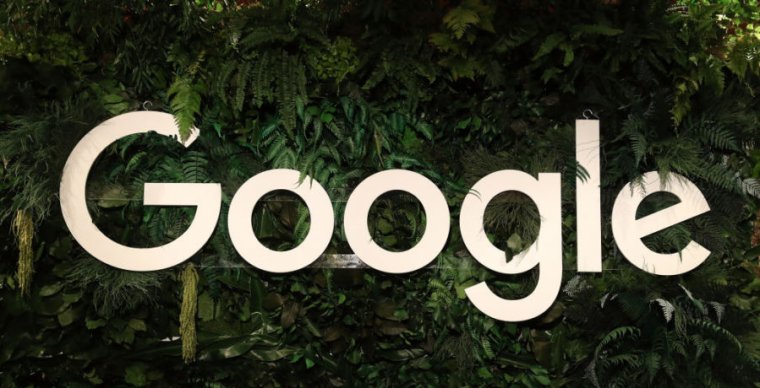perplexing —
Users could make change, but it was “difficult enough that people won’t,” one employee wrote.
Kate Cox
–

Sean Gallup | Getty Images
Newly unsealed and partially unredacted documents from a consumer fraud suit the state of Arizona filed against Google show that company employees knew and discussed among themselves that the company’s location privacy settings were confusing and potentially misleading.
In 2018, the Associated Press reported that Maps and some other Google services (on both iPhone and Android) were storing users’ location data even when users had explicitly turned Location History off.
“There are a number of different ways that Google may use location to improve people’s experience, including: Location History, Web and App Activity, and through device-level Location Services,” a Google spokesperson told the AP at the time. “We provide clear descriptions of these tools, and robust controls so people can turn them on or off, and delete their histories at any time.”
Arizona Attorney General Mark Brnovich’s office launched its own investigation following the AP report, and in May 2020 the state sued Google, alleging that the company violated the Arizona Consumer Fraud Act.
The initial lawsuit was heavily redacted, as the Arizona Mirror reports. But following an August 3 petition from trade groups Digital Content Next and the News Media Alliance, the judge has ordered several documents related to the case to be unsealed, and a new, less-redacted version of the suit is now available.
The new version of the suit (PDF) includes a number of employee emails and chat logs where Google employees agreed with the AP story, and these employees highlighted their own frustrations with the settings. Among the highlights:
- “The current UI feels like it is designed to make things possible, yet difficult enough that people won’t figure it out.”
- “Some people (including even Googlers) don’t know that there is a global switch and a per-device switch.”
- “Indeed we aren’t very good at explaining this to users. Add me to the list of Googlers who didn’t understand how this worked and was surprised when I read the article … we shipped a UI that confuses users.”
- “I agree with the article. Location off should mean location off, not except for this case or that case.”
“Speaking as a user, WTF?” another employee said, in additional documentation obtained by the Arizona Mirror. “More specifically I **thought** I had location tracking turned off on my phone. So our messaging around this is enough to confuse a privacy focused (Google software engineer). That’s not good.”
“In the case of location information, we’ve heard feedback, and have worked hard to improve our privacy controls,” a Google spokesman told the Mirror. “In fact, even these cherry picked published extracts state clearly that the team’s goal was to ‘Reduce confusion around Location History Settings.'”
The “oh shit meeting”
The suit also provides a fascinating insight into how Google reacts when a negative news item about the company goes big. “The day the AP story was published,” the suit says, “Google turned into crisis mode and held a self-styled ‘Oh Shit’ meeting in reaction to the story.”
The company’s communications team published daily reports (PDF) after the AP’s story went live, tracking where and when stories about the AP’s bombshell were being published and following what social media accounts with significant influence were saying about the story.
Day-one coverage of the story was “100% negative,” the report found, with 93 percent of stories identified covering “the lack of user consent / creepy factor,” 51 percent mentioning “misleading controls,” and 32 percent of stories providing some kind of how-to information for customers to opt out or manage their data, the report concluded.
“We’re seeing a growing narrative driven by third party commentary (policy influencers) that alludes to FTC / congressional action,” the report said, citing stories by CNET, Vanity Fair, and Wired. “This will likely become a bigger focus as the week goes on.”
The day two, day three, and day four reports covered the slow decline of the headline in the natural churn of the news cycle. By the end of day two, “this story was no longer on the list of top 10 trending stories across tech,” and Google fielded fewer than 10 additional press inquiries, as opposed to the 40+ it received on day one.

